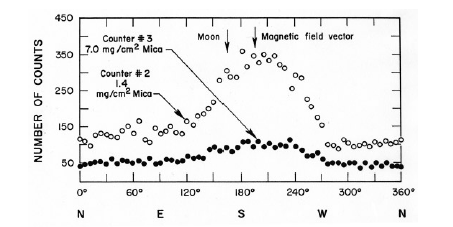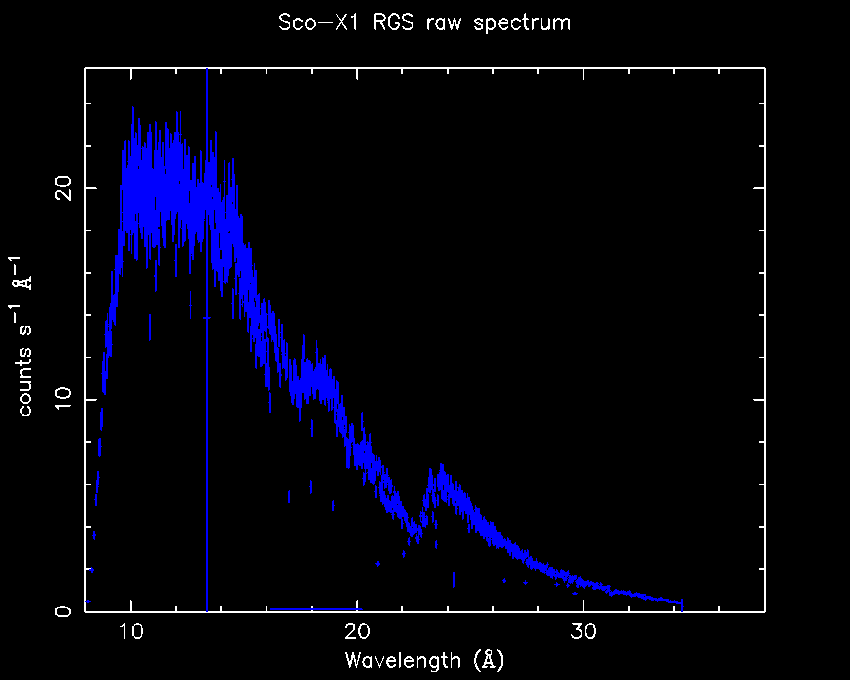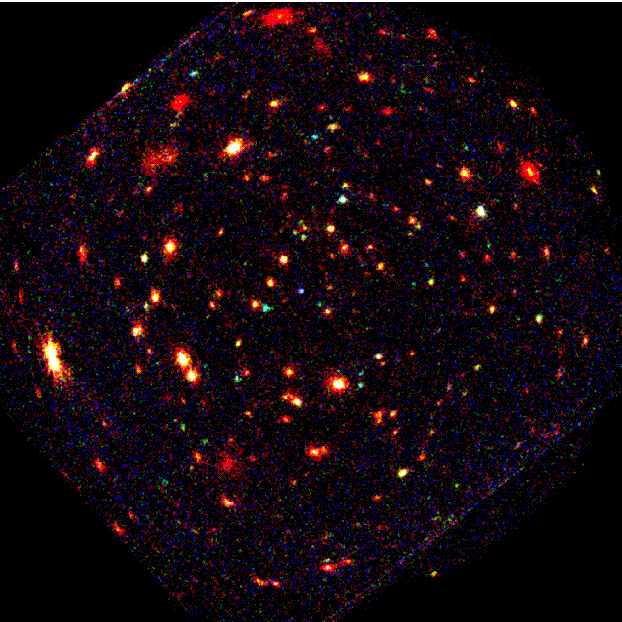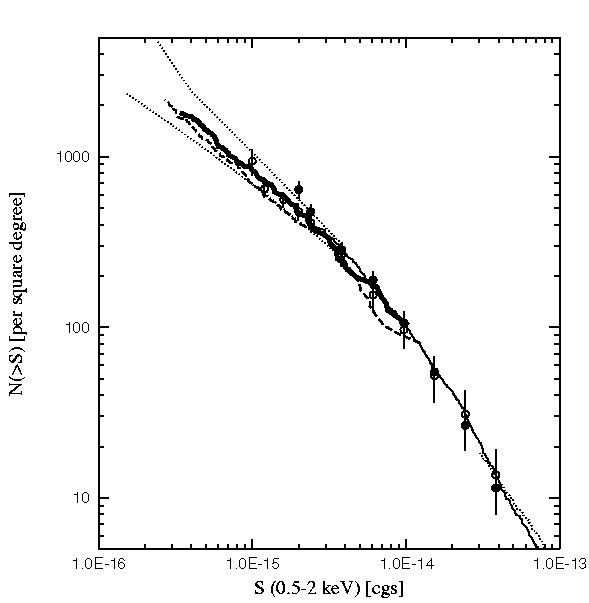2002 Nobel Prize for physics to the discoverer of X-ray celestial sources - XMM-Newton
2002 Nobel Prize for physics to the discoverer of X-ray celestial sources
For the fourth time in its history, the Nobel Prize for physics honors research in the field of astrophysics. The Royal Swedish Academy of Science has attributed the 2002 Prize to Prof. R.Davis Jr. and Prof. M.Koshiba, for "their pioneering contribution to astrophysics, in particular for the detection of cosmic neutrinos", and to Prof. Riccardo Giacconi, for "pioneering contribution to astrophysics, which have led to the discovery of cosmic X-ray sources".
The pioneer era of X-ray astronomy
Riccardo Giacconi is one of the founders of X-ray astronomy. Born in Genoa (Italy) on October 6 1931, Riccardo Giacconi earned his Ph.D. in cosmic ray physics at the University of Milan. He emigrated to the United States in 1956 and in 1959 he joined the Cambridge-based American Science and Engineering Inc., where he began his pioneering activity in the field of X-ray astronomy. His team developed the concept of grazing incidence X-ray telescopes. A Giacconi-led team reported in 1962 the discovery of the first X-ray source outside the solar system, in the constellation of Scorpius: ScoX-1. The interest of the researcher in this source has not faded yet.
 |
 |
Left panel: first measurement of X-rays from an X-ray source, external to the solar system (after Phys. Rev. Letters, 1962, 9, 439).
Right panel: energy spectrum of ScoX-1, taken by the Reflection Grating Spectrometer on board XMM-Newton on February 27, 2001 (courtesy of C. de Vries and J.Kaastra, SRON, The Netherlands)
Later, Giacconi promoted the construction of the first satellite - named Uhuru, the Swahili word for "freedom" - fully dedicated to the study of X-ray sources. Launched in 1970, Uhuru made the first survey of the X-ray sky. 339 X-ray sources were discovered, mostly due to accretion of matter on black holes or neutron stars in binary systems. Rapid fluctuation of the X-ray flux on timescales as short as a few milliseconds were detected in the 10 solar mass black hole source CygX-1. X-ray "flashes" provided evidence for thermonuclear reactions on the surface of neutron stars. Very distant clusters of galaxies were discovered to be strong X-ray emitters. In all these fields, the contribution of Giacconi and his team was decisive.
In parallel R.Giacconi contributed to the first experiment to study the X-ray emission from the Sun with a telescope placed onboard Skylab.
Appointed professor of astronomy at the Harvard University in 1973, Giacconi led the construction and successful scientific operations of the Einstein satellite, which made detailed images of thousands of X-ray sources in work covering;
- remnants of supernova explosions, where the interstellar matter is swept and heated by shock waves
- outburst from the core of active nuclei, where matter falling onto a million solar mass black hole produces an energy output comparable to the whole emission of the Milky Way in a volume comparable to our solar system
- discovery of X-ray point sources in Andromeda
- discovery of radio jets in nearby radio galaxies
- the first proof that distant quasar are strong emitters of X-rays.
R.Giacconi's contribution was crucial in all these areas of research, which marked the birth and maturity of X-ray astronomy.
From X-rays to the largest optical and radio telescopes
In 1981 Giacconi became Director of the Space Telescope Science Institute (STScI). His activity was marked by the first extravehicular astronaut activity on the Hubble Space Telescope optical system. In 1992 Giacconi was nominated Director General of the European Southern Observatory. Under his direction, the construction of the Very Large Telescope was commissioned, an array of four 8-meter telescopes which can be operated as Earth's largest optical interferometer. Since 1999 R.Giacconi has been president of the Associated Universities Inc., the operator of the National Radio Astronomy Observatory (NRAO) in the United States.
Giacconi's legacy to X-ray astronomy
Alongside his experimental activity, Riccardo Giacconi has made a substantial contribution to our understanding of the high-energy universe, evidenced by more than 200 publications in international scientific journals. His scientific interests range from stellar mass black holes to distant clusters of galaxies, to the nature of the X-ray Background (XRB). Not anticipated before discovery, the XRB was initially recognized in data from the 1962 rocket flight which detected Sco X-1. Riccardo Giacconi and colleagues concluded that the background was of "diffuse character" and due to X-rays of about the same energy as those from ScoX-1. 40 years after this exciting and unexpected discovery, the latest generation X-ray satellites XMM-Newton and Chandra are finally demonstrating that the apparently diffuse X-ray emission is mostly due to the contribution of high redshift active galactic nuclei.
 |
 |
Left panel: XMM-Newton image of the sky region named "Lockman Hole". About 100 hard X-ray sources are detected on a surface comparable to that covered by the moon on the sky vault.
Right panel: "LogN-LogS" distribution (i.e. source density distribution as a function of their X-ray flux) in the Lockman Hole field across the 0.5-2.0 keV energy band. The thick solid line represents the XMM-Newton measurement (Astronomy & Astrophysics, 2001, 365, L49), The dashed line represents the measurement done by Giacconi et al. (Astrophysical Journal, 2001, 551, 624) on the Chandra Deep Field South
In one of his latest papers, Giacconi reports the results of an observation on the so called "Chandra Deep Field South", whereby around 70% of the XRB can actually be "resolved" into individual, faint sources, most of them likely to be cosmological distances.
- Removed a total of (1) style text-align:center;








































 Sign in
Sign in
 Science & Technology
Science & Technology